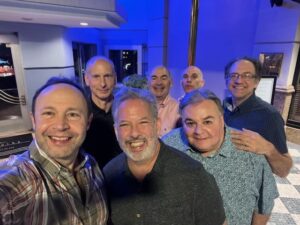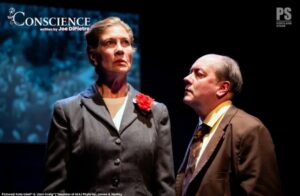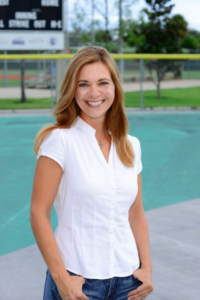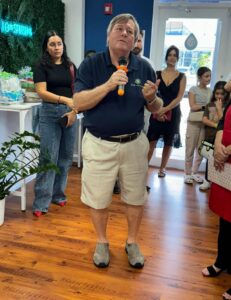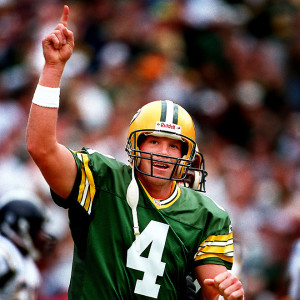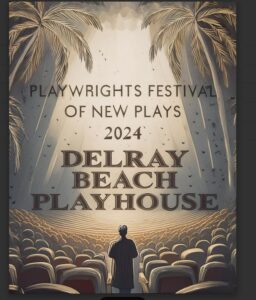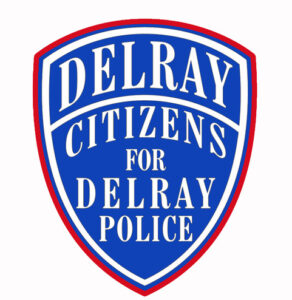
I saw a beautiful story the other day in “Downeast” magazine that I feel compelled to tell you about.
It seems that whenever I write about kindness it resonates. I hear back from you and that’s really cool.
Truth is, if nobody read this blog I’d write it anyway. But I have to admit that when you respond it’s special.
The story I read was about a police chief in Holden, Maine. Chief Chris Greeley passed away last year at the young age of 60. But he left a legacy that will ensure he will be remembered for a long time to come.
In 2017, he launched an initiative called “25 Days of Kindness,” which asked his officers to perform simple acts of kindness for the 25 days leading up to Christmas.
It could be as simple as buying someone a cup of coffee or giving a stuffed animal to a child or something a little larger like paying someone’s heating bill, which can be costly in a place like Maine.
The 25 Days of Kindness was an instant hit and soon neighbors and businesses got in on the kindness movement donating cash, gift cards, toys, clothes and the like. It became a legacy for not only the Holden Police Department, but the Town of Holden itself. There’s now an organization called 25 Days of Kindness. Here’s a link to learn more: https://25daysofkindness.org/
Chief Greeley believed that one small gesture could change a life. He was right. To date, 25 Days of Kindness has completed 10,115 acts of kindness and now serves 25 communities.
I think kindness is contagious. As a mentor of mine used to say: “good begets good.”
Indeed.
Locally, a civic hero named Chuck Halberg models this spirit. Chuck just organized a Thanksgiving turkey drive ensuring our first responders got to enjoy a little bit of the holiday while protecting and serving us. He and others are now all about getting toys for the kids who otherwise would go without.
Every act of kindness is powerful. Every act of kindness has the potential to create a ripple effect of goodwill. That’s a sentence I borrowed from the 25 Days of Kindness website because I believe in that sentiment with every fiber of my being.
I’ve seen it happen.
I think kindness is an underrated attribute. It doesn’t cost much, but it’s worth everything.
